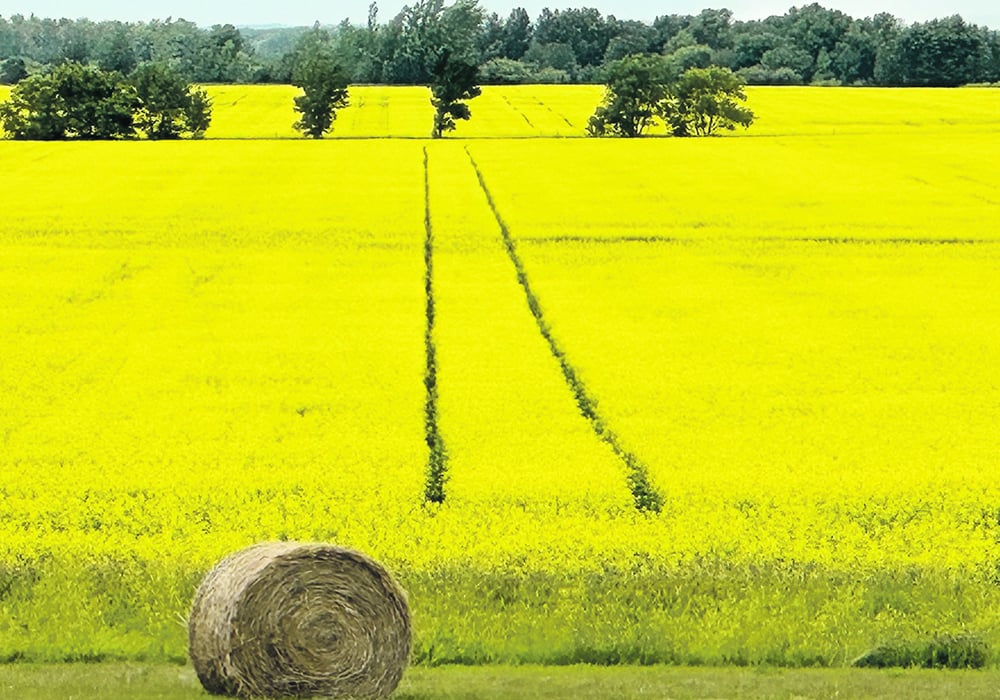Demand is more evenly divided now between domestic and export markets, which would make moving a big crop easier
WINNIPEG — Despite ongoing crop production challenges on much of the Prairies, the canola industry continues to grow.
That was the message from the Canola Council of Canada at its annual meeting March 7 as it looked back at a 2023 that saw a surge in oil exports to the United States for biofuel production and growth in Canadian crushing.
Even with crippling dryness in many western areas, farmers who were in more fortunate regions were often managing to pull off record yields, allowing Canada to produce an 18.3 million tonne crop. That’s far from the 26 million tonnes the canola council has set as a 2025 target, but not bad for a challenging year.
Read Also

Exports off to a slow start after last year’s torrid pace
Canadian grain, oilseed and pulse exports are off to a slow start, but there are some bright spots, according to the Canadian Grain Commission’s most recent weekly export data report.
What happens if 2024 sees generally good weather? Can the industry and the infrastructure handle a full crop?
“Everybody stands on the ready to function in a high-yield crop year, but we will have some limitations and we really need to be mindful of that,” council chair Jennifer Marchand said in an interview after the meeting.
“Our transportation supply chain, and having that move efficiently and effectively, will be critical because if we can’t get the grain to port, if we can’t get grain exported, all the extra yield’s for naught.”
Fortunately for farmers, there is a better spread of demand than just a few years ago. Domestic crushing has radically increased, reaching 10.5 million tonnes in 2023. That allows for more in-Canada use as well as canola oil and meal being separately marketed and exported.
Seed exports as a portion of the crop have fallen, with the seven million tonnes last year well below the five-year average of 8.6 million tonnes. If Canada manages to produce a 26 million tonne crop by 2025, the canola council expects to see 12 million tonnes of seed exported, but that would be less than the 14 million tonnes it predicts will be crushed within Canada.
Last year saw the promise of biofuel demand become very real with U.S. approval of canola oil as a feedstock leading to record oil exports to the U.S. within just a few months.
“We expect demand to continue to grow as the world moves to decarbonize transportation fuels,” said council president Chris Davison.
Crusher expansions are continuing.
“As processing capacity expands, we expect (crushing) to grow, as will jobs generated,” said Davison.
Federal government support for 4R fertilizer development has helped numerous farmers receive training and development nutrient management plans, while the number of agronomists certified as 4R-trained almost doubled in 2023.
In a great relief for the industry, which had been caught on the front line of a nasty diplomatic battle between China and Canada for years, normal relations between the two countries’ canola industries resumed.
“For the first time in five years we were able to hold a Canola Dialogue in Beijing,” said Davison.
















